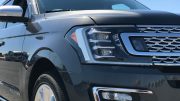Toyota has earned itself a reputation for off-road prowess, particularly with its trucks. The legendary Land Cruiser is the vehicle of choice with the United Nations and used often in war torn nations due to its reliability and durability. Some of this off-road technology makes its way into the lineup so that the general public can benefit from it and it usually takes the form of a TRD (Toyota Racing Development) trim level.
In 2015 Toyota offered a special TRD Pro trim for the Tundra to answer performance models from the competition such as the Ford F-150 Raptor and RAM 1500 Rebel. Modifications included bigger, heavy-duty Bilstein shock absorbers, increased ground clearance, increased ride height, unique badging, unique interior and other small differences.
For 2018 the TRD Pro trim has been dropped in favor of a new TRD Sport trim which is essentially a slightly less hardcore off-road package. The main features are again TRD sport-tuned Bilstein shocks, a sport-tuned suspension, TRD front and rear sway bars, 275/55/20 off-road tires and some badging.
If this less hardcore package is still too hardcore for you then there is always the standard TRD Offroad package which includes all-season tires, a gas tank protector plate, standard Bilstein shocks, and ground clearance sensors.
The test vehicle was a Magnetic Gray TRD Offroad Package with the CrewMax cab. Under the hood we find a 5.7-litre V8 motor making 381 horsepower and 401 pound-feet of torque with a towing capacity of up to 10,200 pounds. That’s more than the 9220 lb rating for the Nissan Titan but less than the 10,640 lb capacity of the Ram 1500, the 12,500 lb limit for the Chevy Silverado and the class-leading 13,500 lb hauling ability for the 2018 F-150.
The hulking V8 also drinks fuel like nothing I’ve ever seen before and I averaged a career worst 20.8 L/100km. Granted I do a lot of city driving but for a manufacturer that is also known for its fuel efficient vehicles, having a pickup consume this much fuel is a bit awkward. The motor otherwise performs well enough and it very responsive to deliver a fun driving experience. It is, however, a tad on the noisy side, especially on startup with a large whirring noise.
Many reviews fault the Tundra’s interior for a cheap feel but I’m not of the same opinion. Yes there are some plastics surrounding the dash but I find the overall fit and finish to be quite good and nothing too far removed from the Titan or the F-150. The climate controls in particular are very firm and easy to operate even with large gloves on – something that isn’t possible on the F-150 with its tiny buttons.
Toyota’s infotainment system will do the job just fine and doesn’t have any major annoyances but it’s not the most intuitive on the market and has small buttons. A 6.1-inch touchscreen is standard equipment and a 7.0-inch screen comes on the SR5 trims and higher. The TRD Sport model came with navigation and an array of extra speakers compared to the base model but unfortunately no Apple CaPlay or Android auto. The Tundra’s Bluetooth connectivity was among the best I’ve had the pleasure of experiencing. Some manufacturers have a devil of a time interfacing with phone but Toyota isn’t one of them.
The exterior of the Tundra is still quite good-looking and has aged well but if the vehicle is going to keep pace with its arch-rivals it will need a refresh very soon. This is the fifth year of the current look which is, itself, only a slight improvement over the 2007 model year redesign. A new grille and revised exterior lighting are new this year with LED headlights coming standard on the upper trims. The TRD Sport has a honeycomb grille, more body-colored parts, 20-inch wheels and TRD Sport stickers.
Reflecting ongoing trends in the segment, the Regular Cab models have been discontinued this year, leaving an all-four-door lineup with the Double Cab and CrewMax models.
The cheapest 4X4 Tundra you could get would be the double cab with the only the other engine choice: a smaller 4.6-litre V8 for $41,874. The least expensive CrewMax model will run you $47,490 which is a bit more expensive than, say, an F-150 SuperCrew XLT which starts at $44,649. I’d like to see Toyota a bit more competitive in this area, particularly since the design is aging, the vehicle is less fuel efficient and has a smaller towing capacity. It’s hanging on for this year but hopefully 2019 will be new and updated Tundra which really takes aim at the American domination in this segment.
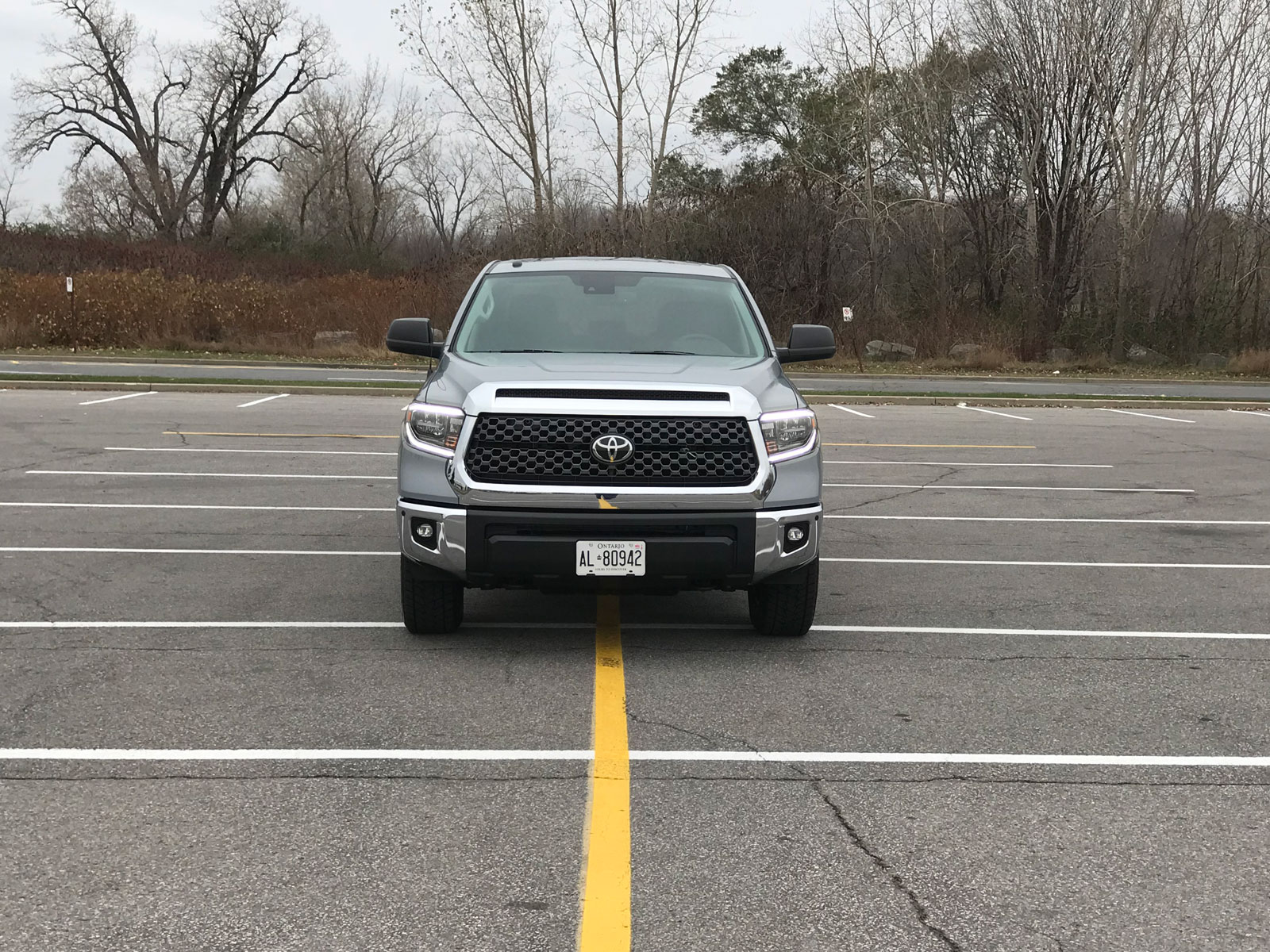
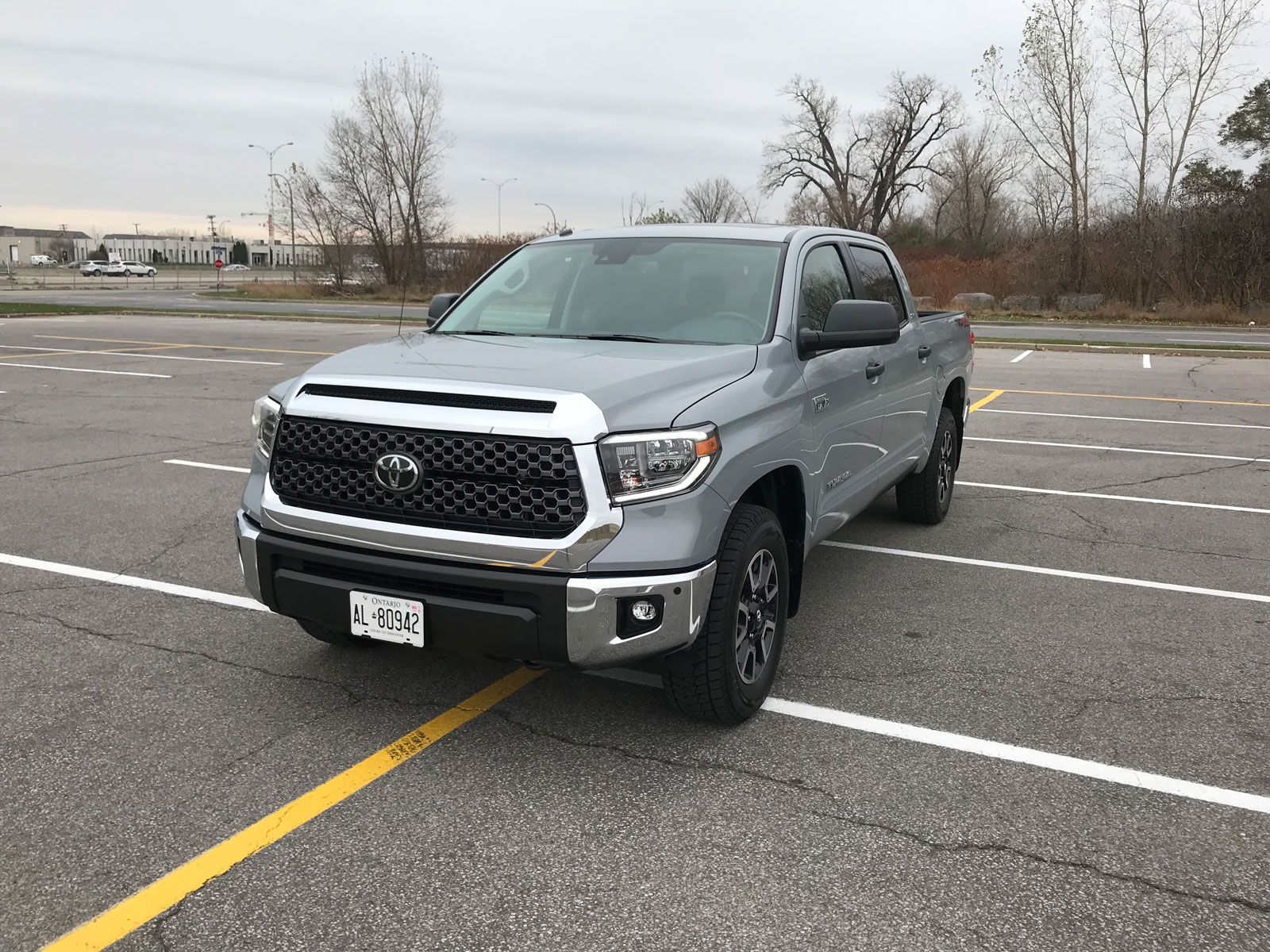
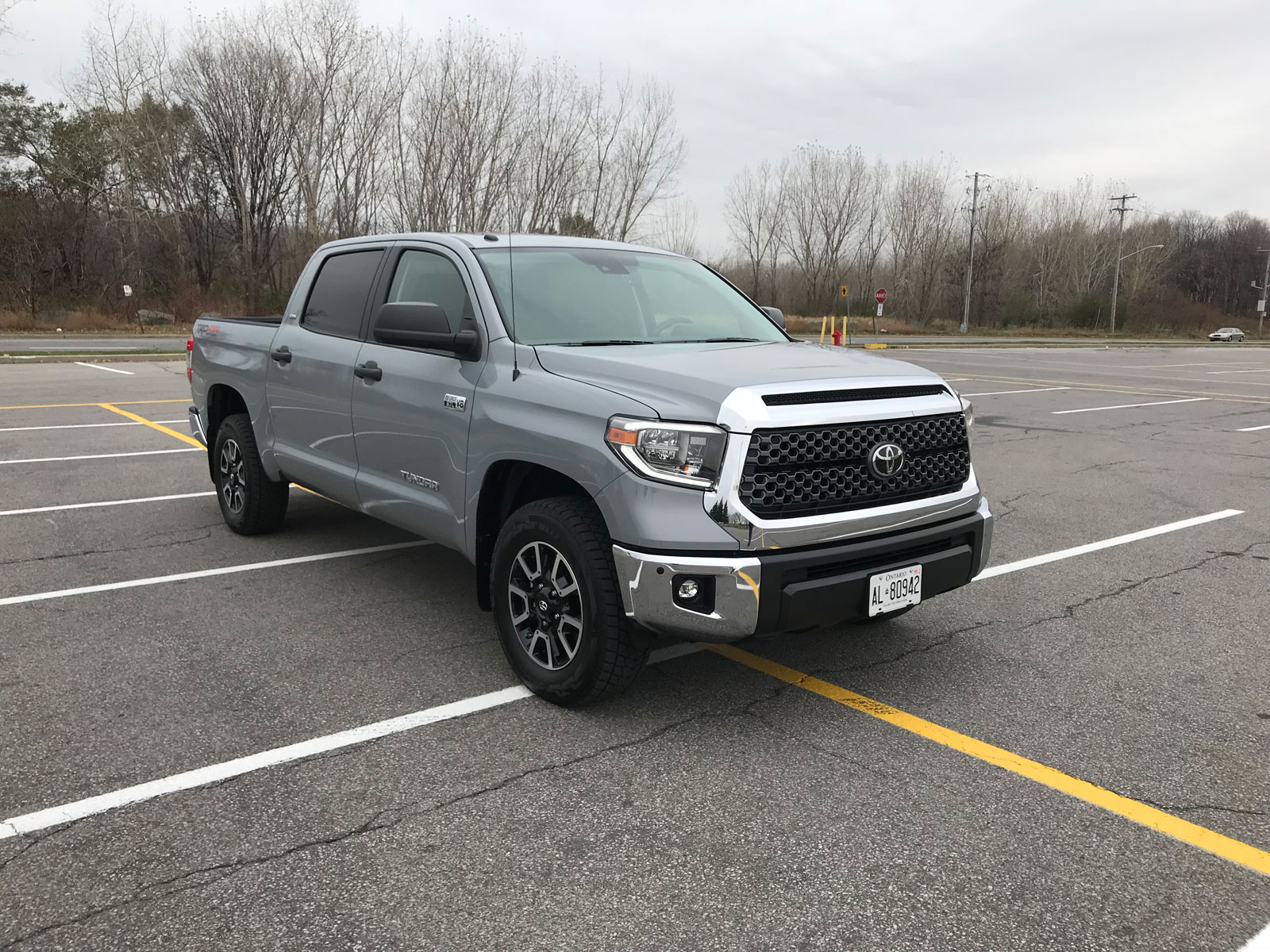








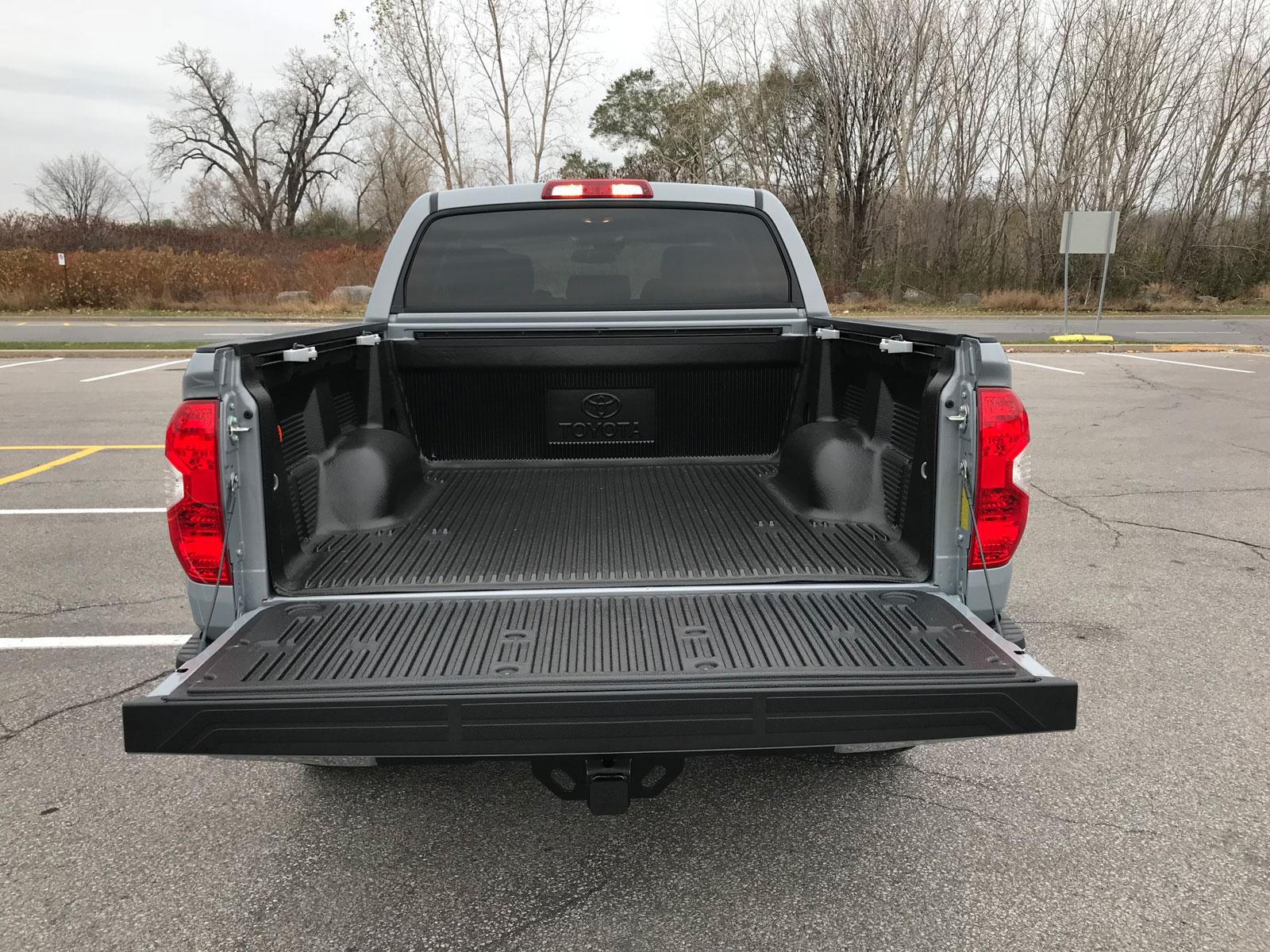

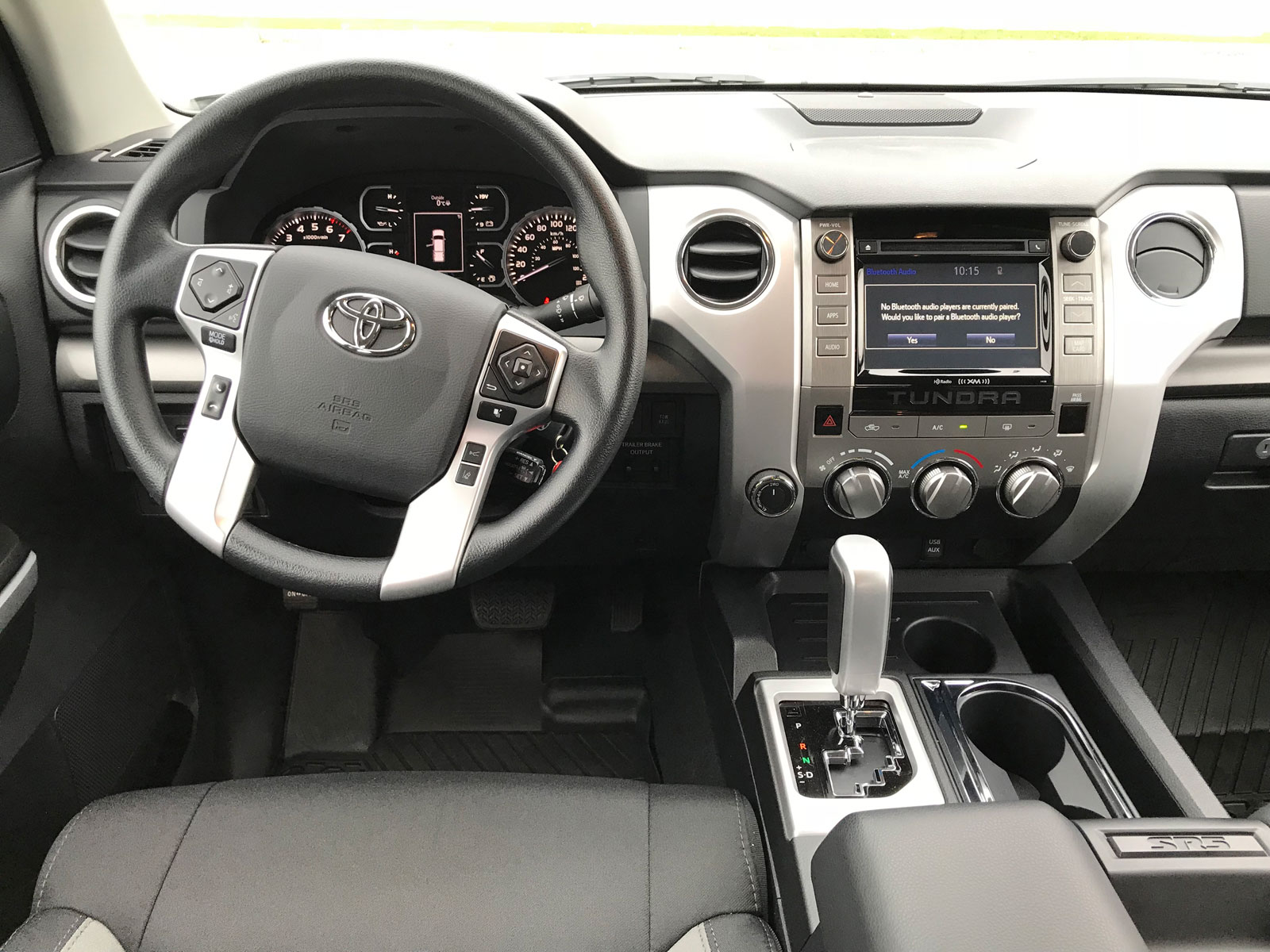



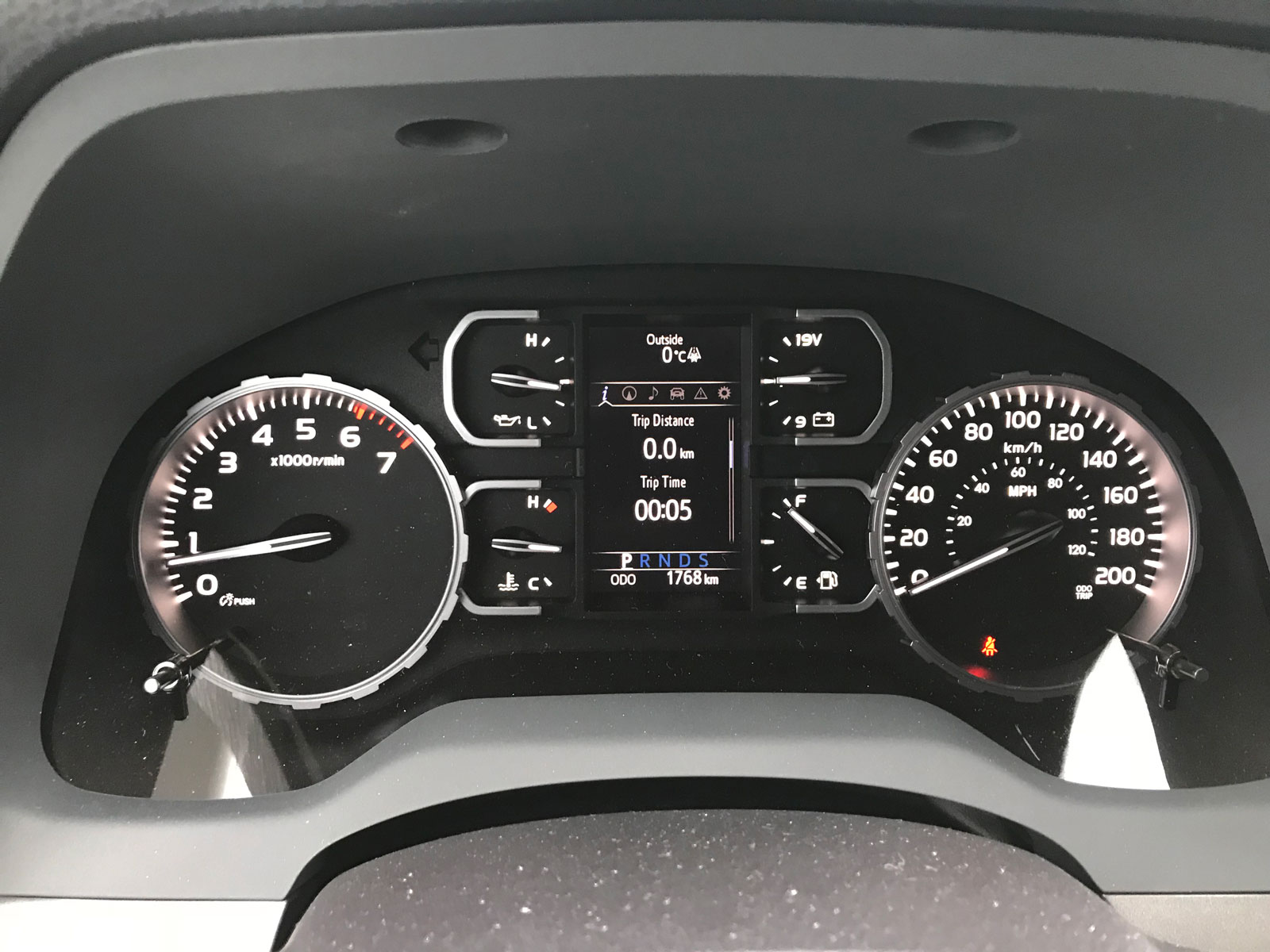

Correction: an earlier version of this article incorrectly stated that the vehicle was the TRD Sport trim. It’s a TRD Offroad Package.





